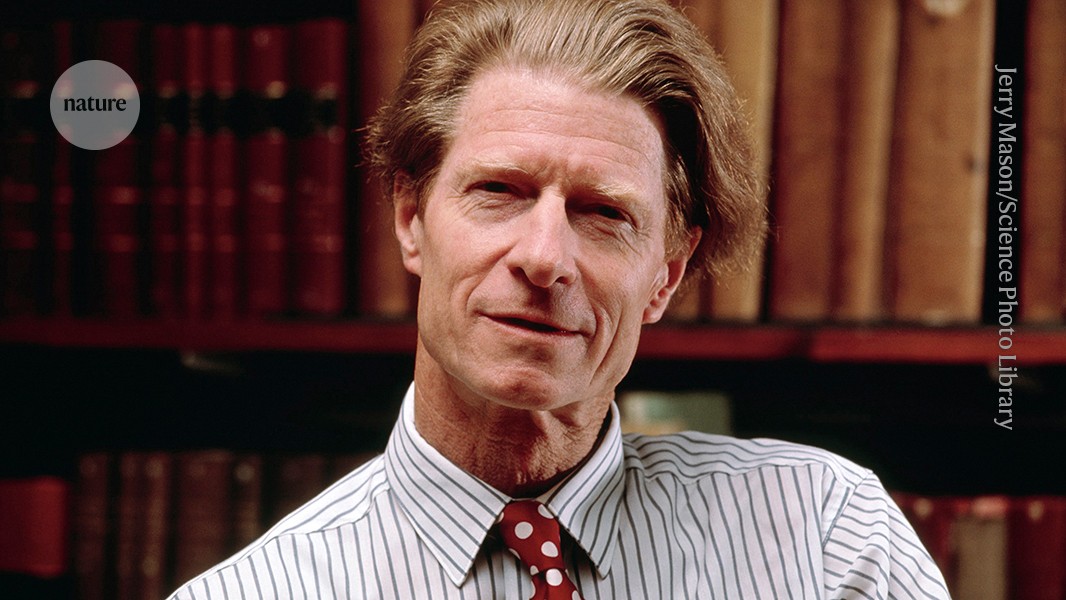
"John Gurdon transformed biology by proving that when cells specialize to become a specific type, such as skin or nerve cells, they do so by switching genes on and off, not by losing genetic information. This insight came from his pioneering experiments between the 1950s and the 1970s, when he transferred the nucleus (the part of the cell containing DNA) from frog cells into frog eggs whose nuclei had been removed. Some of the eggs developed into adult frogs, showing that some specialized cells retain the full genetic blueprint to make an entire organism."
"He also provided early evidence that, although the number of pluripotent cells - which can become many cell types - declines during development, some persist into adulthood. His work laid the foundation for animal cloning and, decades later, the birth of the first cloned mammal, Dolly the sheep. Gurdon shared the 2012 Nobel Prize in Physiology or Medicine with Shinya Yamanaka at Kyoto University in Japan, who discovered how to reprogram adult cells into a stem-cell-like state. Together, their discoveries reshaped research into how organisms develop, as well as cell biology and regenerative medicine."
"After his early success, Gurdon studied how the nucleus is influenced by the cytoplasm that surrounds it. By transplanting nuclei into eggs and their precursor cells (oocytes), he showed that substances in the cytoplasm control the cell cycle - the sequence of growth and division - and gene activity. He identified chemical triggers for DNA copying and cell division, helping to define how all cells multiply."
John Gurdon demonstrated that cell specialization involves switching genes on and off rather than loss of genetic material. Nuclear transfer experiments in frogs showed that nuclei from differentiated cells can direct development to a whole adult, proving that specialized cells retain the full genetic blueprint. He found that some pluripotent cells persist into adulthood and that cytoplasmic factors control the cell cycle and gene activity. He identified chemical triggers for DNA replication and division, clarifying mechanisms of cell multiplication. His discoveries enabled animal cloning approaches and contributed to later methods for reprogramming adult cells to stem-cell-like states.
Read at Nature
Unable to calculate read time
Collection
[
|
...
]